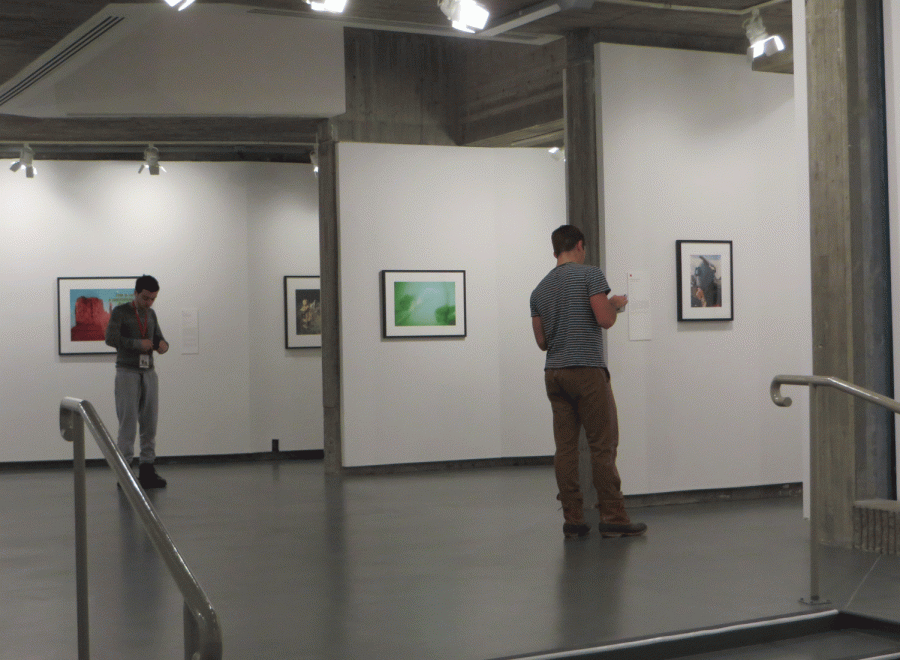International Indigenous Photography Exhibit Now Available at Picker Art Gallery
This month the Picker Art Gallery, located in the Dana Art Center, opened a new exhibit titled “Our People, Our Land, Our Images: International Indigenous Photography.” The exhibit features the work of 26 different photographers from the United States, Canada, Peru, New Zealand and Iraq. Their pieces span over 100 years and display different types of photography techniques such as digital print (modern printing methods), double exposure (a method used to display two images on one sheet of paper) and chromogenic print (printing color paper enlargements from small, color negatives).
This exhibit is meant to show an alternate perspective of indigenous history. Non-native photographers have used photography to assert dominance and authority over native populations since the 1850s. Photographs have been used to display popular perceptions of indigenous groups that are not necessarily true. This exhibition shows the work of native photographers who want to explore the past, present and future of their communities as well as to explore topics such as ancestry, identity and migration.
Sophomore Maggie Dunn explains which photographs she found particularly interesting.
“The photographs I found the most interesting were those that pictured members of indigenous groups interacting with non-natives. Up until this point, the only photos of this nature that I had seen were produced by non-natives and seemed to send a different message. It was refreshing and intriguing to see these relationships from a different point of view,” Dunn explained.
Many of the artists in this exhibit use their work to tell a story or send a message. For example, artist Zig Jackson of the United States uses photography to document the Mandan, Hidatsa and Arikara indigenous peoples in Utah. He wants his work to be provocative as well as educational. Jackson tries to make a statement, but it is difficult to avoid having implicit political ideas apparent in a photograph. Another artist, Peña Bonita, documents the lives of families of Apache and Seminole natives in Manhattan. She believes that natives are nomads and this part of their lives should be explored more thoroughly. Artist Sama Alshaibi, an Iraqi/Palestinian native, bases her work on her own family’s experiences. Her work documents their forced migration from Palestine to Iraq to the United States and eventually their return back to Palestine. Alshaibi’s work forms a discourse that complicates official and/or accepted history, as she uses her memories as a personal testimony.
So far, the “Our People, Our Land, Our Images: International Indigenous Photography” exhibit has been extremely well-received.
“I loved the exhibit. It was an incredible mix of photographs that documented the changes indigenous peoples face over time and the challenges that they have to face. It was definitely a lot to take in, but I really feel that I have gained some perspective after having gone,” sophomore Matt Froelich said.
Though a lot of time and effort went into setting up this installation, it is available to the public at no cost. It is open in the Picker Art Gallery every day from 10 a.m. to 5 p.m. until May 21. It is a wonderful exhibit and well worth taking some time to go see.







